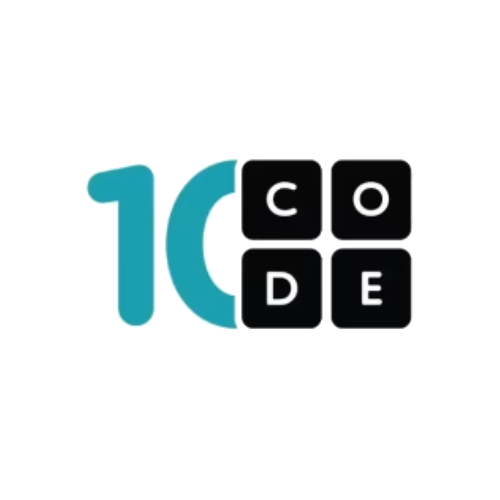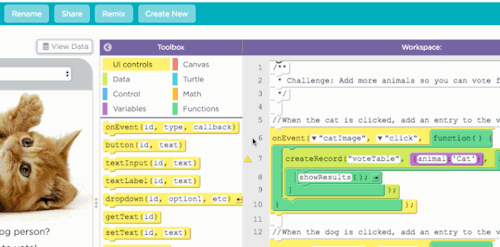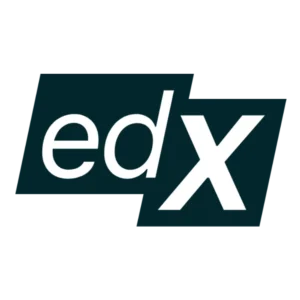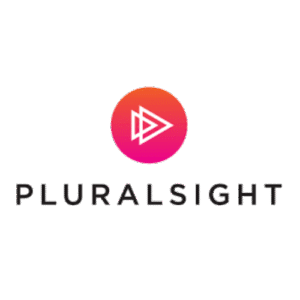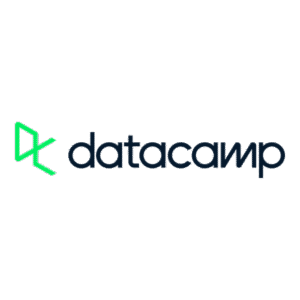Introduction
Code.org is a nonprofit organization dedicated to expanding access to computer science education, especially for K–12 students and underrepresented communities. Founded in 2013, the platform has made coding accessible and engaging to millions of learners worldwide. Whether you’re a student curious about tech, a parent looking for safe educational tools, or a teacher wanting to bring computer science into your classroom—Code.org is designed for you.
Target Audience:
-
Elementary to high school students
-
Teachers and schools
-
Parents and homeschooling communities
-
Beginners of all ages interested in learning to code
Platform Highlights
Code.org stands out with its gamified learning approach and strong educational partnerships. It has collaborated with major tech companies like Microsoft, Amazon, and Google to create curriculum-rich, interactive learning experiences.
⭐ Key Features:
-
Completely free for students and educators
-
Structured courses for grades K–12
-
Hour of Code: Bite-sized coding lessons with fun themes like Minecraft, Star Wars, and Frozen
-
Teacher resources with lesson plans and standards alignment
-
Interactive programming in block-based and text-based environments
-
Translated into 60+ languages for global reach
-
Integration with Google Classroom
User Experience
Code.org’s interface is intentionally simple, colorful, and friendly—ideal for young learners but functional enough for all ages. The dashboard gives learners an easy overview of their progress and upcoming lessons. For teachers, managing classes and assignments is straightforward.
🖥️ Navigation and Accessibility:
-
Clean, clutter-free layout
-
Drag-and-drop coding blocks for beginners
-
Keyboard shortcuts and screen reader support
-
Easy onboarding without tech jargon
-
Parent and teacher-friendly accounts
Course Quality
Courses on Code.org are thoughtfully designed in collaboration with educators and curriculum experts. They’re divided into:
-
Computer Science Fundamentals (Grades K–5)
-
CS Discoveries (Grades 6–10)
-
CS Principles (High School/AP level)
Each course uses storytelling, game mechanics, and hands-on problem-solving to teach key concepts like loops, conditionals, variables, and functions.
Popular Courses Include:
-
Minecraft Hour of Code
-
Intro to App Lab
-
CS Discoveries
-
AI for Oceans
Who Should Use Code.org?
-
Young students with zero experience
-
Teachers introducing computer science
-
Adults who want a playful intro to coding
-
Anyone curious about basic programming logic
Pricing and Plans
This is where Code.org truly shines: It’s 100% free.
There are no upsells, hidden paywalls, or trial periods. The organization’s mission is rooted in equity—ensuring that every student, regardless of background, can learn computer science.
Is It Worth It?
Absolutely. While Code.org doesn’t offer premium certifications or professional development (like platforms such as Coursera or Udemy), it’s unmatched in free, beginner-friendly coding education.
Pros and Cons
✅ Pros:
-
Entirely free to use
-
Designed for kids and absolute beginners
-
Curriculum approved and used in schools worldwide
-
Excellent support for teachers
-
Engaging visuals and gamified learning
-
Safe and ad-free learning environment
❌ Cons:
-
Not suitable for advanced developers
-
No industry-recognized certificates
-
Limited focus on real-world projects or job-ready skills
-
Course progress is not easily portable to other platforms
Learners View Verdict
Code.org is a fantastic starting point for learning to code—especially for kids, parents, and educators. With its free curriculum, fun projects, and well-designed courses, it breaks down the intimidation barrier that many face when starting out with coding. While it may not prepare you directly for a tech job, it lays a solid foundation in logic and problem-solving.
We recommend Code.org for:
-
Parents looking for a safe, educational screen-time activity
-
Schools integrating computer science
-
Anyone curious about coding but unsure where to start
💡 Whether you’re age 8 or 80, Code.org makes learning to code approachable, meaningful, and fun.
FAQs
Q1. Is Code.org really free?
Yes, all content on Code.org is free for students, teachers, and schools. It’s funded by donors and corporate sponsors.
Q2. Can adults use Code.org?
Absolutely. While the platform is designed with younger learners in mind, adults new to coding will also find it useful—especially with block-based programming and intro-level courses.
Q3. Does Code.org offer certificates?
Code.org provides simple course completion statements but not industry-recognized certificates. It’s more educational than professional.
Q4. How can teachers use Code.org in the classroom?
Teachers can create classrooms, assign lessons, monitor progress, and access free lesson plans aligned with educational standards.
Q5. What’s the difference between Code.org and Scratch?
Both use block-based coding. Scratch is more open-ended for creative projects, while Code.org follows a structured curriculum with lesson plans and progression tracking.
🎯 Explore Code.org now on their official site: https://code.org
Start your coding journey today—for free.

